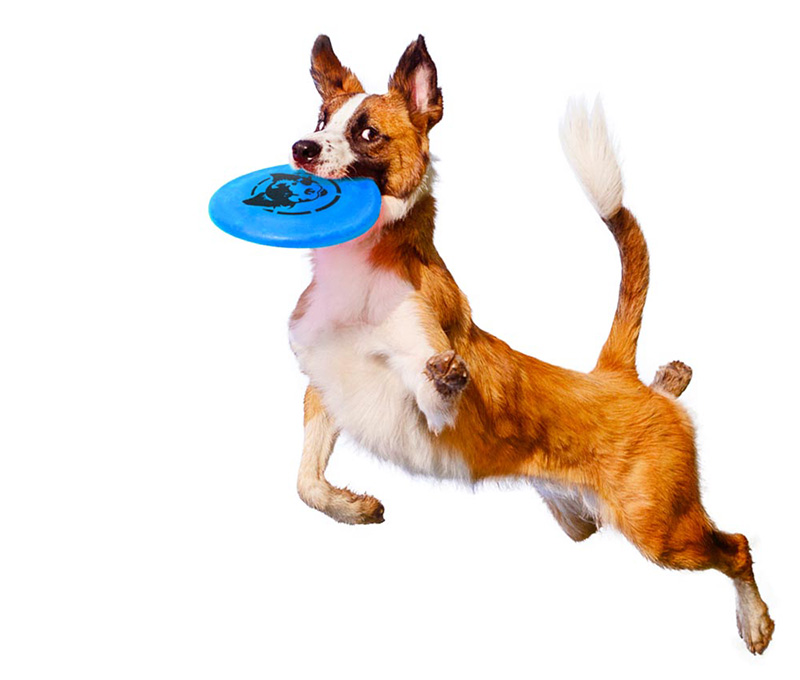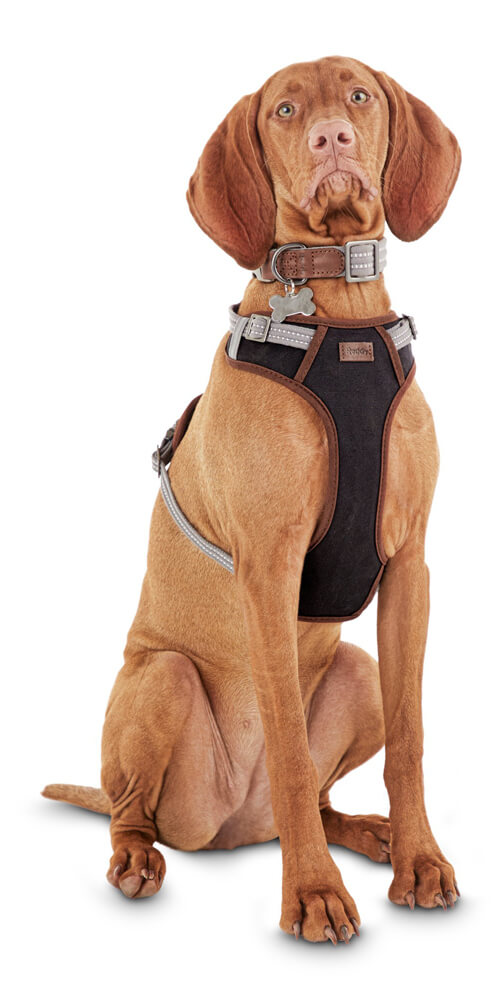Dog training tip, How TO
How To Do Dog Obedience Training
Dog obedience training is an essential aspect that can transform your dog into a better pet as well as keeping it comfortable and safe. Many professionals can offer you the best advice and how to customize the training plan for your specific dog. However, you can as well be a professional trainer if you follow this guide. The right knowledge and dog obedience training equipment are all that is required to get started. Dog obedience training books also have a great deal of awesome information, including advanced dog obedience training techniques.
Dog obedience training guide – Step by step
1 Train yourself
First, you’ll need to learn all the training techniques and have a clear plan on how you’ll accomplish your goal. A clear and consistent approach will assist the training go smoothly for both you and the dog. You’ll need to avoid emotions when approaching your training sessions, enact yourself as a pack leader, and learn about the pet behavior prior to training.
2. Pick your tools
There are some tools and products needed to facilitate the training process. Ensure that you select the best product from a reputable dealer. The following suppliers are also a must-have for smooth training.
– Treats
Basically, you’ll need a tool like a clicker training or any other related tool that will help you reward the dog (treat) whenever he does something you like. You just need to click and give the treat. This way, you’ll be introducing the dog to the notion that some behaviors earn rewards while others don’t.
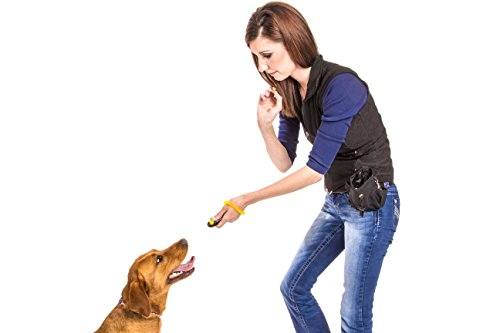
– Leash and collar
A collar containing address and information is especially critical for young dogs that might runoff. A leash assists in keeping your pet near, and is specifically ideal for puppies that do not pay attention to vocal command. Small puppies do not like the collar in the first place; however, they will grow inured to it over time.
3. Start housebreaking early
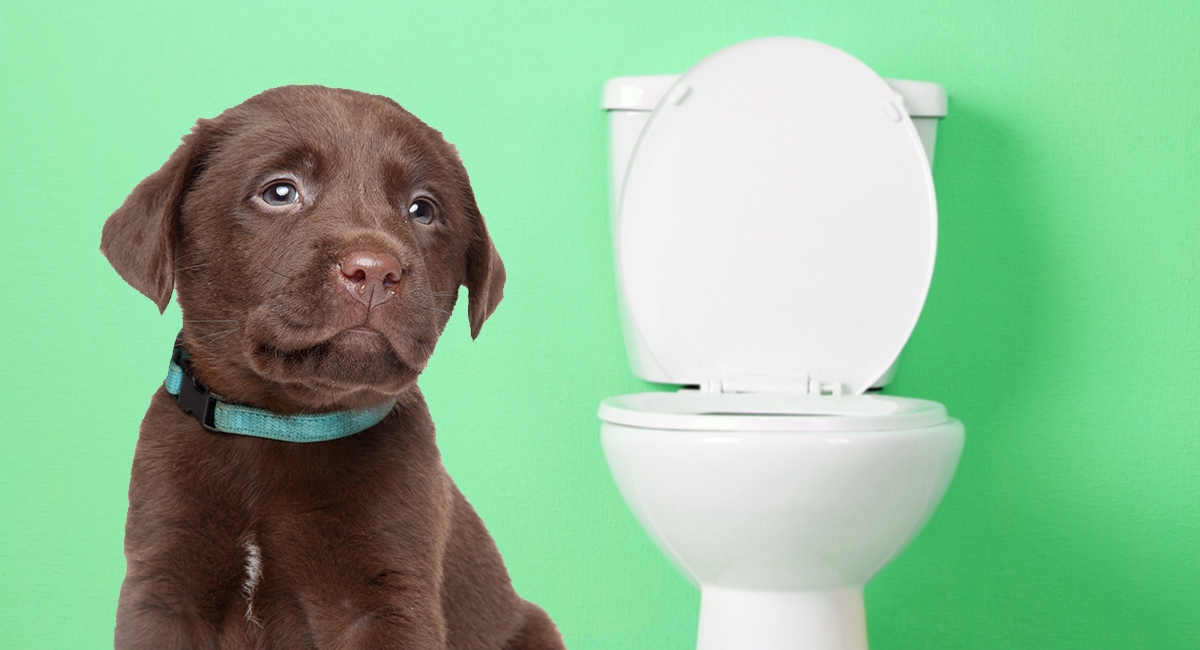
Bladder training is a vital aspect of your dog’s obedience training. It is challenging for the puppy to understand that it is not right to go to the bathroom inside and to know the notion of waiting to defecate and urinate. Basically, small puppies can’t control their bladder; therefore, it is critical to keep in mind the natural limitations and plan for puppies to hold it for some time. It is a nice idea to set up a crate because dogs naturally don’t urinate in the same area that they rest or sleep. You should be cautious to only restrict your dog in the crate for a satisfactory amount of time, expecting to use the bathroom. Besides, you should not make your pet feel like an unrealistic task or punishment and always reward your dogs when they utilize the bathroom outdoors in the right spot.
4. Have the dog used to the leash
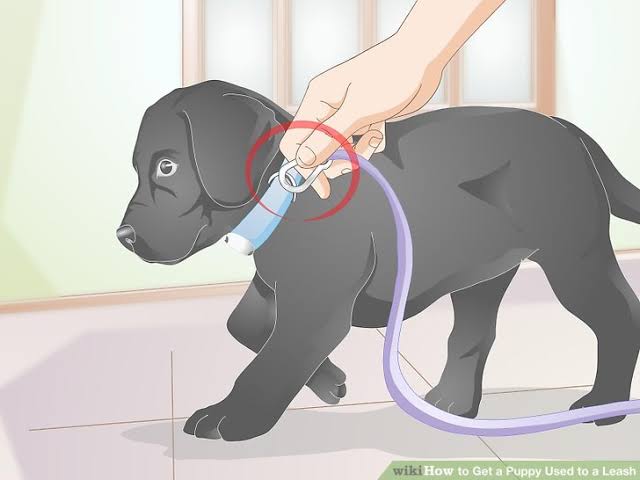
It does not inevitably make intuitive sense to a puppy while being on a leash. Give your pet time to get used to the essence of being connected to the owner and having confined movement. Start introducing the collar. Once it becomes accustomed to having something around the neck, add on the leash. You don’t have to do it from outside; in fact, it is recommended to have your dog accustomed to the leash prior to training him how to walk with it on.
Once your pet is comfortable walking with the leash on, take him outside, and train him to also walk with it. With all this training, it is essential to have treats. This assists the dog in learning faster, make him feel good about the leash, and walk under your command.
5. Social skills development with kids and other dogs

Since your best friend will encounter strangers, children, and other dogs, it is fundamental to ensure that he behaves. Behaviors like biting, lunging, and other bad behaviors, are totally not acceptable. The straightforward method of showing your dog how to behave around other people, dogs, or kids is to introduce them early. It is unfamiliar and a surprising experience that will induce your pet up later in life, leading to an aggressive response. Treat is a surefire technique that can help in enacting this process. Basically, you’ll give them treats whenever they interact well with others.
6. Start teaching commands
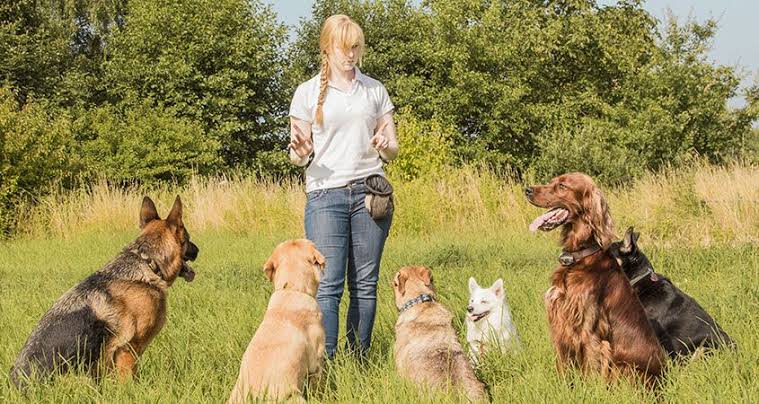
Lastly, your dog should learn the basic commands like sit, come, stay, down, heel, etc. In fact, the more the commands, the easier it is to make communication easier. For the dog to understand these commands, you’ll need to work for hand, be patient, and do it in short sessions. Just concentrate on a single command per session, and be consistent in your technique. If you are teaching the command “Come” for instance, just concentrates on this one command, and use the same tone every time.
Essentially, there is no limit to the number of commands. The sky is the limit. Other advanced commands you can use are:
Leave it – This command will direct the dog not to touch the item.
Stop – This one will command the dog to stop what it is doing.
Speak – The dog bark once or more when taught this command.
Roll over – the dog will lie down, roll over on its back, and actually stand back up.
Fetch – The owner will throw an object, and the pet will retrieve and brings it back.
Basically, several commands are utilized when training dogs. The above mentioned are just a few fundamental obedience training commands appropriate to start working with your dog. Whenever the dog does in accordance with the command, provide him treats as positive reinforcement.
Final word
Training your dog is essential. It keeps him safe from traffic and other hazards. Above all, you’ll feel proud when showing him off to your friends. Training your dog is easy if you follow the above steps. Don’t forget that if you want to be an expert trainer, you’ll definitely require some tools like dog whistles, dog clickers, and crates. Always look for professionals to guide you on the right and best tools for training.
